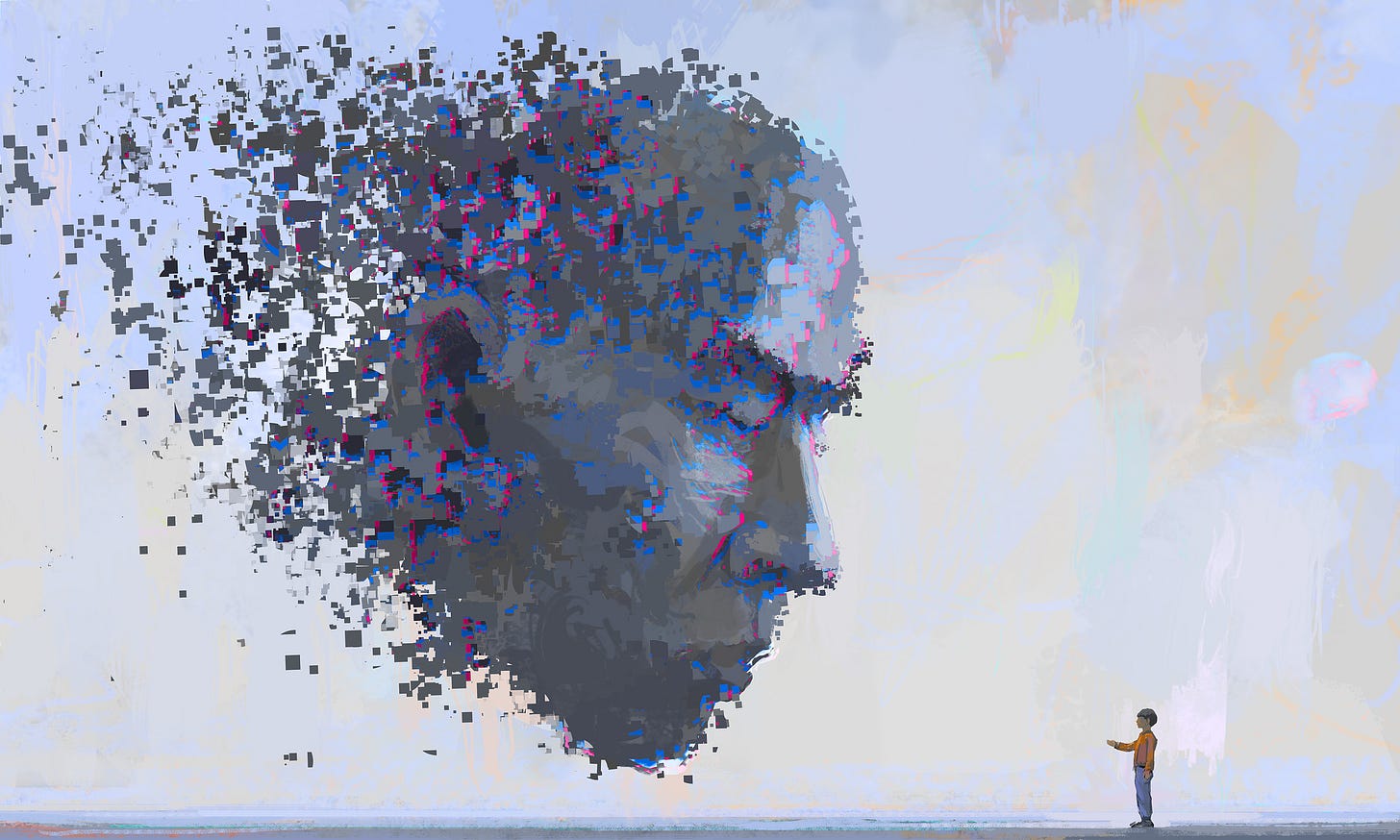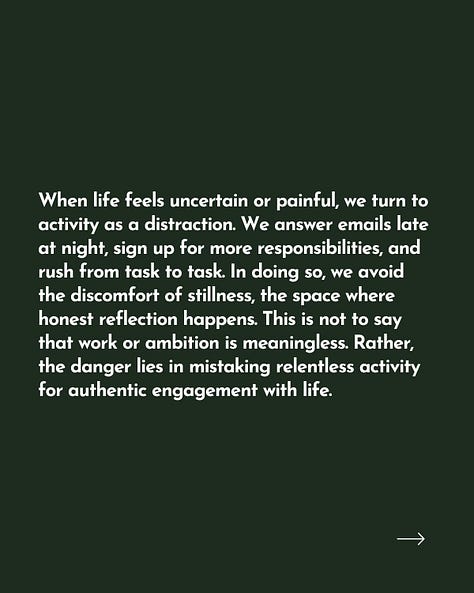a simple guide to understanding thought attachment.
The mind is a wonderful servant but a terrible master.
Our thoughts flow like a river, carrying ideas, worries, memories, and plans in their current. We grasp these thoughts and claim them as our identity, much like Neo initially accepted the Matrix as reality.
This attachment transforms our mental landscape into a prison where every worry demands attention, every memory holds us captive, and every self-judgement becomes our truth.
Think of thoughts as the social media feed of consciousness: endless, constantly updating, yet ultimately ephemeral. They float past like clouds, yet we clutch them like anchors.
In "The Matrix," Morpheus tells Neo, "Free your mind." This wasn't just about bending spoons but breaking free from thought attachment.
"All that we are is the result of what we have thought," Buddha observed 2,500 years ago. Flash forward to modern psychology, and we find the same insight in different words. Dr. Viktor Frankl, who survived Nazi concentration camps, wrote, "Between stimulus and response, there is a space. In that space, it is our power to choose our response." This space exists between us and our thoughts, though we rarely notice it.
Remember the scene in "Inside Out" where Joy realises sadness has its place? Our thoughts work the same way.
We try to control them like Joy initially tried to control Riley's emotions, but true wisdom comes from learning to watch them without interference.
The cost?
Ask Tyler Durden from "Fight Club": "We buy things we don't need with money; we don't have to impress people we don't like."
Replace "things" with "thoughts," and you have a perfect description of mental attachment.
We maintain thoughts we don't need, believe stories that don't serve us, and chase mental approval from imagined judges.
In Inception, characters need a totem to distinguish dreams from reality. Meditation serves as our totem in daily life. It teaches us to recognise thoughts as thoughts, not reality. Like a movie screen, which remains unchanged by the images projected, our essential awareness remains untouched by the parade of thoughts crossing it.
Shakespeare wrote, "Nothing is good or bad, but thinking makes it so." Marcus Aurelius, the philosopher-emperor, put it differently: "The universe is change; our life is what our thoughts make it." Both point to the same truth: our life experience stems not from events but our thought attachment to them.
Think of thoughts as notifications on your phone.
You can see them without opening every one.
"The unexamined life is not worth living," said Socrates, but perhaps the over-examined life where we're lost in constant thought analysis isn't much of a life either.
There's a middle way, where thoughts flow through consciousness like guests through a hotel lobby. We can acknowledge them without inviting them to move in permanently.
Freedom from thought attachment doesn't mean having no thoughts; it means changing our relationship with them.
The Zen masters had a saying: "Let go or be dragged."
Modern neuroscience confirms what people know through experience: thoughts are just neural firing patterns, temporary by nature. Yet we turn them into identities like children, believing they're superheroes because they wear capes.
Like you, I am also a victim of doom scrolling, which is thought attachment in digital form. We know it's not helping, yet we keep scrolling, thinking, and attaching. Breaking free requires what mindfulness teacher Joseph Goldstein calls "the art of conscious forgetting," not suppression but letting go.
This journey isn't about reaching a thought-free state—even the Buddha had thoughts. It's about discovering what Keanu Reeves' character found in Point Break: “You can't stop the waves but can learn to surf.” Our thoughts will keep coming. The trick is learning to ride them without becoming them.
Thoughts are more like weather patterns than prophecies: constantly changing, inherently temporary.
Think of your mind as a theatre. Thoughts are the plays being performed, consciousness is the stage, and you are the space where everything happens. The plays can be tragedies or comedies, but the stage remains unchanged, and the space holds it all.
This freedom comes with understanding thought attachment—not an empty stage, but the wisdom to enjoy the show without becoming lost in the plot.








